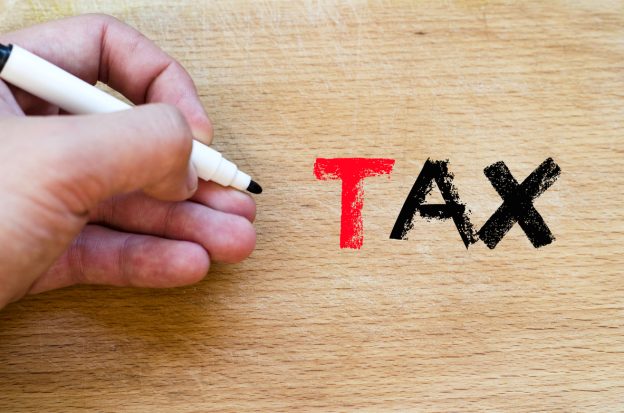
The number of investors subjected to dividend tax has surged by double in just over three tax years.
Reasons behind the increase in taxpayers having to pay tax on dividends are based around the reduction of the tax free dividend allowance and the freezing of tax thresholds.
In April 2024, former chancellor Jeremy Hunt drastically reduced the tax-free dividend allowance from £1,000 to £500 per tax year, having previously cut it from £2,000 in 2023.
According to figures released by HMRC under a Freedom of Information request made by the UK investment platform AJ Bell the dividend tax free allowance reductions could see an additional 1,115,000 individuals having to pay dividend tax in the 2024/2025 tax year.
Around 3.1 million taxpayers were affected when the allowance was reduced from £2,000 in 2023, resulting in an additional 600,000 people being drawn into the dividend tax net.
It’s expected that due to both the frozen income tax thresholds and reduction in the dividend allowance almost 3.6 million investors paying £17.8 billion in dividend tax this year, a figure that has doubled since 2021-22 when 1.8 million were affected.
More taxpayers are expected to find themselves in higher income tax brackets due to fiscal drag, which is the term given to the affects of income tax thresholds being frozen and not adjusted in line with inflation.
The dividend allowance being decreased by fifty percent will also mean limited company directors who receive dividends will potentially pay more dividend tax from April 2024.
Dividend tax allowance reduction
The reduction of the dividend tax allowance means even those with more modest investment portfolios could be liable to pay tax on their investments.
With the tax free dividend threshold now set at £500 more basic-rate taxpayers with smaller investment portfolios could be paying dividend tax for the first time.
An investment portfolio returning 5% on an investment of just £10,000 will reach the tax-free dividend allowance limit.
Higher rate taxpayers dividend tax
Indications show that by 2024 1.2 million higher rate taxpayers will be liable for dividend tax, compared to 556,000 in the tax year 2021-22.
The reduction of the dividend tax allowance means higher rate taxpayers who already pay tax on dividends are likely to pay more.
More taxpayers being brought into higher rate tax bracket due to the fiscal drag will mean any dividend tax owed is payable at the higher dividend tax rate of 33.75% in comparison to the rate of 8.75% for basic rate taxpayers.
Self assessment and paying dividend tax
More people paying dividend tax may mean more self assessment tax returns having to be completed.
- If you already complete a tax return HMRC expects you to enter your dividend income on your tax return regardless of the value.
- If you don’t already complete a tax return HMRC states that if your dividends are worth more than £10,000 you must complete a tax return. If you don’t currently complete a tax return but receive dividends over £10,000 then you must register for self-assessment.
If you do need to complete a Self Assessment Tax Return, you would declare the dividends in box 4 – ‘Dividends from UK companies’ on page TR3 of SA100, or the ‘Dividends from UK companies’ box on the online tax return.
- If you don’t already complete a tax return and dividends received are less than £10,000 you can pay tax owed through PAYE without having to complete a tax return. HMRC may ask you to write to the below address to declare the gross amount of dividend you received in the tax year.
H. M. Revenue and Customs Pay As You Earn
BX9 1AS
Your tax code may be adjusted to pay the dividend tax owed through your salary or pension.
You should contact HMRC via their tax helpline or online to find out how they want you to report your dividend income for tax purposes.







